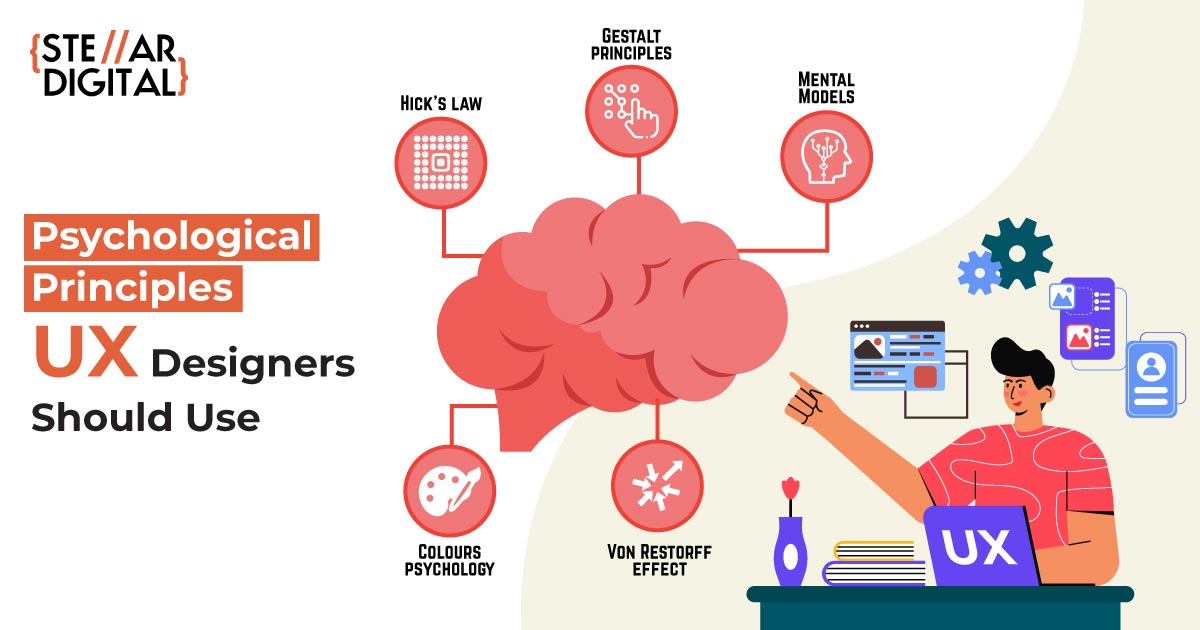Incorporating Emotional Design in User Experience
Emotional design is a concept that recognizes the profound impact emotions have on the way users perceive and engage with a product. Going beyond functionality, emotional design aims to create a connection between the user and the product, fostering positive experiences. Let’s explore how designers can incorporate emotional design principles to enhance user experience.
Establishing a Connection:
The first step in emotional design is establishing a connection with users. This involves understanding the target audience and designing elements that resonate with their emotions. Whether it’s through relatable imagery, language, or brand personality, creating a connection sets the stage for a more emotionally engaging experience.
Evoking the Right Emotions:
Designers must identify the desired emotional response from users and craft the user interface accordingly. For instance, a wellness app may aim to evoke feelings of calmness and tranquility, reflected in a soothing color palette and gentle animations. Consistent use of emotionally resonant elements helps create a cohesive and impactful user experience.
Storytelling through Design:
Storytelling is a powerful tool in emotional design. By weaving a narrative into the user interface, designers can evoke specific emotions and engage users on a deeper level. This can be achieved through compelling visuals, interactive elements, or even the strategic placement of content that guides users through a story as they navigate the product.
Personalization for Emotional Resonance:
Tailoring the user experience based on individual preferences enhances emotional resonance. Personalization can involve recommending content, adapting the interface to user preferences, or incorporating user-generated elements. When users feel that a product understands and caters to their individual needs, it creates a more meaningful and emotionally satisfying interaction.
Delightful Microinteractions:
Microinteractions are small, subtle animations or responses that occur during user interactions. These delightful details contribute to the overall emotional experience. From a friendly confirmation message to a satisfying transition between screens, these microinteractions can elevate the user experience and leave a positive impression.
In conclusion, incorporating emotional design in user experience goes beyond functionality and aesthetics. It involves establishing a connection, evoking the right emotions, storytelling through design, personalization, and integrating delightful microinteractions. By tapping into the emotional aspects of design, products can create lasting impressions and foster a loyal user base. Emotional design is not just about what users see; it’s about how they feel, and by prioritizing emotional resonance, designers can create truly impactful user experiences.
